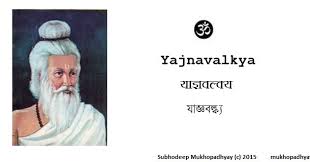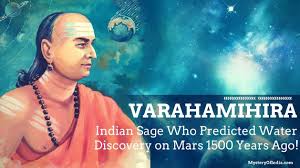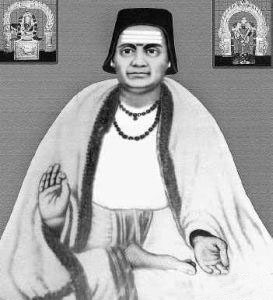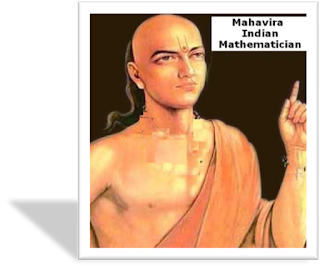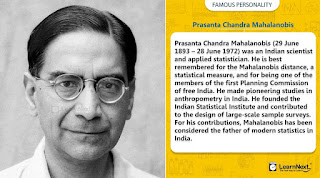There is a claim that Indian Mathematics is not really Mathematics since it was not axiomatic, it was related to the world whether in calculation of planet positions or dimensions of the sacrificial pyre, it was not really logic since it was explicitly related to the empirical and so on.
Indian Mathematics was explicitly engaged with the natural world and is in some sense grounded upon the nature of our cognition as well as the nature of the world. It was more about doing and in a sense closer to the constructivist paradigm. A famous example is the Indian mathematicians’ pragmatic acceptance of square root of 2 (as something that is used in construction, for example) as against its rejection by the Pythagoreans on idealistic grounds.Another one uniqueness is the way Indian mathematics written, it is written in poetic form and less use of modern symbols and more appeal to common mass and give insights to use this form in teaching maths to develop interests among learners.Here is list of 14 great Indian mathematics date back from Indus valley civilization to modern times.
1. Lagadha (c 1300 B.C): The earliest mathematician to whom definite teaching can be ascribed to, and who used geometry and elementary trigonometry for his astronomy.
2. Baudhayana (c 800 B.C): He is noted as the author of the earliest Sulba Sutra which contained several important mathematical results; the now known Pythagorean theorem is believed to have been invented by him.
3. Yajnavalkya (c 800 B.C): He lived around the same time as Baudhayana and is credited with the then-best approximation to pie.
4. Apastamba (c 500 B.C): He lived slightly before Pythagoras, did work in geometry, advanced arithmetic, and may have proved the Pythagorean Theorem. He used an excellent approximation for the square root of 2 (577/408, one of the continued fraction approximants).
5. Aryabhatta (476-550 C.E): His most famous accomplishment was the Aryabhatta Algorithm (connected to continued fractions) for solving Diophantine equations. The place-value system was clearly in place in his work and the knowledge of zero was implicit in Aryabhata’s place-value system as a place holder for the powers of ten with null coefficients.
6. Daivajna Varâhamihira (505-587 C.E): His knowledge of Western astronomy was thorough. In 5 sections, his monumental work progresses through native Indian astronomy and culminates in 2 treatises on Western astronomy, showing calculations based on Greek and Alexandrian reckoning and even giving complete Ptolemaic mathematical charts and tables.
7. Brahmagupta ‘Bhillamalacarya’ (589-668 C.E): His textbook Brahmasphutasiddhanta is sometimes considered the first textbook “to treat zero as a number in its own right.” Several theorems bear his name, including the formula for the area of a cyclic quadrilateral: 16 A2 = (a+b+c-d)(a+b-c+d)(a-b+c+d)(-a+b+c+d).
8. Bháscara (c 600 – c 680 C.E): He was apparently the first to write numbers in the Hindu Arabic decimal system with a circle for the zero, and who gave a unique and remarkable rational approximation of the sine function in his commentary on Aryabhata’s work. Bhaskara’s probably most important mathematical contribution concerns the representation of numbers in a positional system.
9. Mahavira (9th-century A.D): He is highly respected among Indian Mathematicians, because of his establishment of terminology for concepts such as equilateral, and isosceles triangle; rhombus; circle and semicircle. He asserted that the square root of a negative number did not exist and gave the sum of a series whose terms are squares of an arithmetical progression and empirical rules for area and perimeter of an ellipse.
10. Sridhara (c. 870 – c. 930 C.E): He wrote on practical applications of algebra and was one of the first to give a formula for solving quadratic equations and gave a good rule for finding the volume of a sphere.
11. Madhava of Sangamagrama (1340-1425 C.E): He did work with continued fractions, trigonometry, and geometry. Madhava is most famous for his work with Taylor series, discovering identities like sin , formulae for , including the one attributed to Leibniz, and the then-best known approximation.
12. Srinivasa Ramanujan Iyengar (1887-1920 C.E): He produced 4000 theorems or conjectures in number theory, algebra, and combinatorics. Because of its fast convergence etc.
13. Prasanta Chandra Mahalanobis (1893-1972 C.E): He is best remembered for the Mahalanobis distance, a statistical measure. He made pioneering studies in anthropometry in India. He contributed to the design of large scale sample surveys.
14. Satyendra Nath Bose (1894-1974): As an Indian physicist, specializing in mathematical physics, he is best known for his work on quantum mechanics in the early 1920s, providing the foundation for Bose-Einstein statistics and the theory of the Bose-Einstein condensate.
https://youtu.be/F-fbqD2ucqo Video link for above article.
Reference- Learning curve article of BS Rishikesh and Sundar Sarukka, Wikipedia, Quora,various you tube channel and google searches and google images.-By Vikas sharma* For PDF version please comment, I will share with you.

